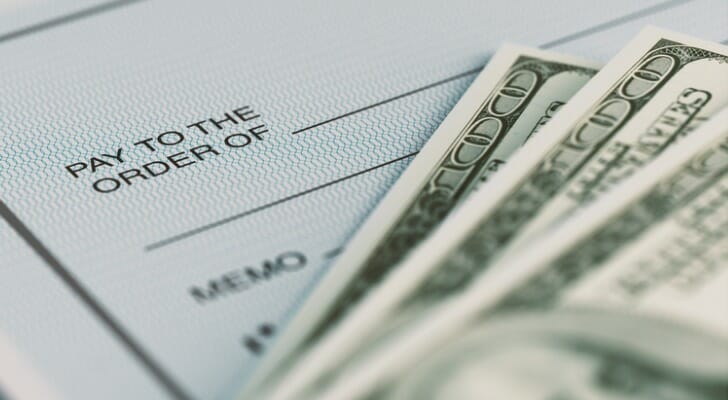Check cashing is a vital financial service for many people who need quick access to their funds. Whether you’re cashing a paycheck, personal, or government-issued check, this comprehensive guide will cover everything you need to know. From understanding the basics to finding the best places to cash your checks, this guide will help you quickly navigate the world of check cashing.
1. What is Check Cashing?
Check cashing is converting a check into cash without requiring a bank account. This service is particularly useful for the unbanked or underbanked. Various types of checks can be cashed, including personal, payroll, government, and more.
Related Article:
2. Where to Cash Checks
You can cash checks in several places, each with its benefits and drawbacks. Knowing where to go can save you time and money.
Banks and Credit Unions
Banks and credit unions are the most traditional places to cash checks. They usually offer this service for free to account holders. However, they may charge a fee for non-account holders.
Check Cashing Stores
Check cashing stores specialize in cashing checks and often provide additional services like payday loans and money orders. These stores are convenient but can charge higher fees.
Grocery Stores
Many grocery stores offer check cashing services at their customer service counters. This can be a convenient option if you’re already shopping for groceries.
Related Articles:
- Cashing Checks at Grocery Stores
- Check Cashing Grocery Stores in Philadelphia
- Check Cashing Grocery Stores in Houston
- Check Cashing Grocery Stores in Chicago
- Check Cashing Grocery Stores in New York
Online Services
Online check cashing services and mobile apps allow you to cash checks from the comfort of your home. Due to their convenience, these services are growing in popularity.
Related Articles:
3. How to Cash a Check
Cashing a check involves a few straightforward steps, but the process can vary depending on where you go.
At a Bank
- Endorse the check by signing the back.
- Provide a valid ID.
- Deposit or cash the check at the teller or ATM.
At a Check Cashing Store
- Endorse the check.
- Present your ID.
- Pay any applicable fees.
- Receive your cash.
At a Grocery Store
- Endorse the check.
- Show your ID at the customer service counter.
- Pay any applicable fees.
- Get your cash.
Using an App
- Download a check cashing app.
- Sign up and verify your identity.
- Take a photo of the front and back of the check.
- Follow the app’s instructions to cash the check.
Related Articles:
4. Fees and Costs
Depending on where you go, cashing a check can incur various fees. Banks may charge a fee for non-customers, while check cashing and grocery stores typically charge a percentage of the check amount.
Related Article:
5. Check Cashing Tips
To ensure a smooth check cashing experience, follow these tips:
- Bring a valid photo ID.
- Be aware of the fees and compare rates.
- Endorse the check properly.
- Verify the check amount and details.
Related Article:
6. Common Issues and Solutions
Check cashing can sometimes be problematic. Here are some common issues and how to resolve them:
- Rejected Checks: Ensure the check is properly filled out and endorsed. If a check is rejected, ask the issuer to reissue it.
- Identification Issues: Make sure your ID is up-to-date and matches the name on the check.
- Fee Disputes: Always ask about fees upfront and compare rates between different services.
Related Articles:
7. Legal Considerations
Cashing checks involves legal requirements, including identification and compliance with state regulations. Make sure you understand these requirements to avoid legal issues.
Related Articles:
8. Future of Check Cashing
The check cashing industry is evolving with technological advancements. Mobile check cashing, digital wallets, and blockchain technology are shaping the future of financial transactions, making them faster and more secure.
Conclusion
Check cashing is essential for many, and understanding the process can help you manage your finances more effectively. You can confidently navigate this financial service by knowing where to cash checks, how to avoid fees, and what to do if problems arise. For more detailed information, explore the related articles linked throughout this guide.
